Talk about synchronous motor and asynchronous motor
Synchronous motor and assynchronous motor are two different types of motor, their main difference is the working principle and structure. Here is a detailed description of the difference between synchronous and assynchronous motors:
operational principle:
Synchronous motor: The main characteristic of the synchronous motor is that its rotation speed is synchronized with the power supply frequency. A rotating magnetic field is generated when the three-phase AC current passes through the stator winding of the synchronous motor. This rotating magnetic field attracts the rotor and rotates it along with the rotating magnetic field. Because the rotor speed is the same as that of the rotating magnetic field, it is called "synchronous".
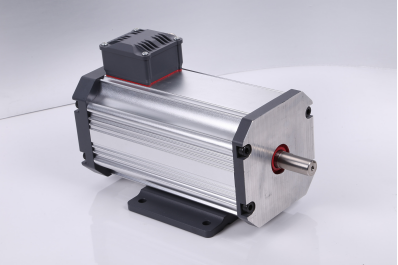
Asynchronous motor: The working principle of Asynchronous motor is slightly different from that of synchronous motor. A rotating magnetic field is also created when the three-phase AC current passes through the stator winding of the asynchronous motor. This rotating field will attract the rotor, but the rotor speed is not fully synchronized with the speed of the rotating field. The rotor will try to follow the rotating magnetic field, but always maintain a certain speed difference. This speed difference is known as "turn".
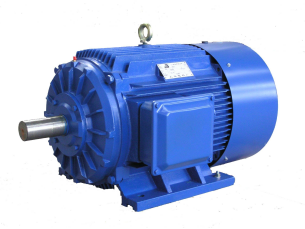
structure:
Synchronous motor: The structure of the synchronous motor is relatively complex, usually with a permanent magnet or electromagnet that provides a magnetic field for the rotor. In addition, the synchronous motor needs an additional starting device, such as a frequency converter or a starting resistance, to ensure that the motor can achieve a synchronous speed at the power frequency.
Asynchronous motor: The structure of the Asynchronous motor is relatively simple, with no permanent magnet or electromagnet to provide a magnetic field for the rotor. The rotor is usually composed of a guide bar and an end ring, which passes through the electric current to generate the rotor magnetic field. Because the magnetic field of the rotor is generated by the current, the asynchronous motor does not need additional starting equipment to achieve synchronous speed.
Performance features:
Synchronous motor: The speed of the synchronous motor is synchronized with the power frequency, so accurate speed control and efficient energy conversion can be achieved. In addition, the starting current of synchronous motor is large and the starting torque is larger, so it has advantages in the need of high power output. However, the structure of the synchronous motor is relatively complex, and the manufacturing cost is relatively high.
Asynchronous motor: there is a certain speed difference between the speed of Asynchronous motor and the power supply frequency, so its speed control accuracy is relatively low. However, assynchronous motor has simple structure, low manufacturing cost and convenient maintenance, so it is widely used in the need of frequent start, stop and speed regulation. Moreover, Asynchronous motors have high efficiency and good thermal performance.
Use occasions:
Synchronous motor: Synchronous motor is mainly used for the need for precise control of the speed and high efficiency of the occasions, such as large generator sets, industrial production lines, electric traction, etc. In addition, synchronous motors also have advantages in situations that require high-power output.
Asynchronous motor: Asynchronous motor is mainly used for the need to frequent start, stop and speed regulation occasions, such as machine tools, pumps, fans and other mechanical equipment. In addition, asynchronous motors are also widely used in situations that require relatively high efficiency and good thermal performance.
In short, there are obvious differences in synchronous motor and assynchronous motor in structure, working principle, performance characteristics and use occasions. In practical application, it is necessary to select the appropriate motor type according to the specific requirements to meet the requirements of different application scenarios.








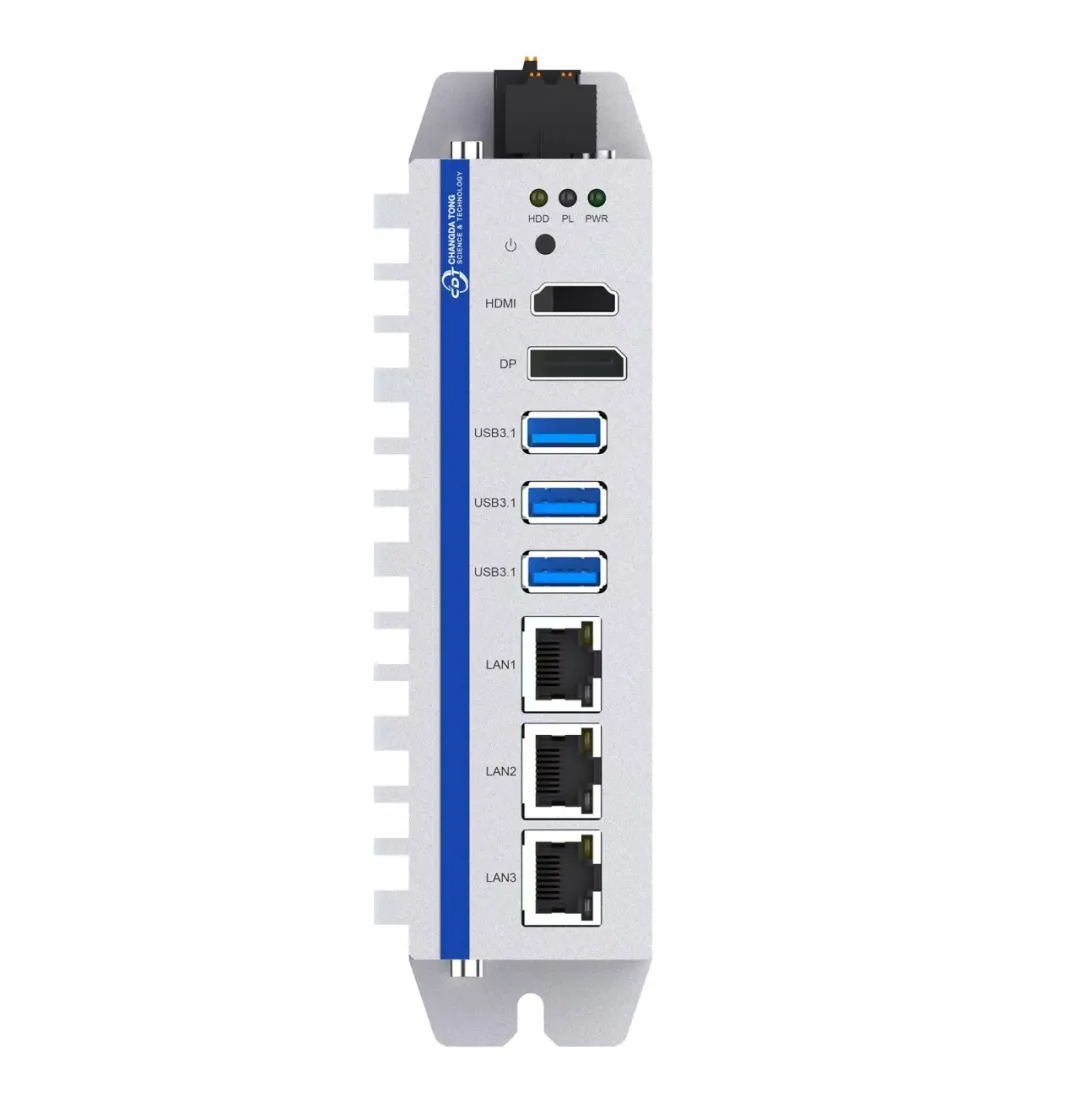
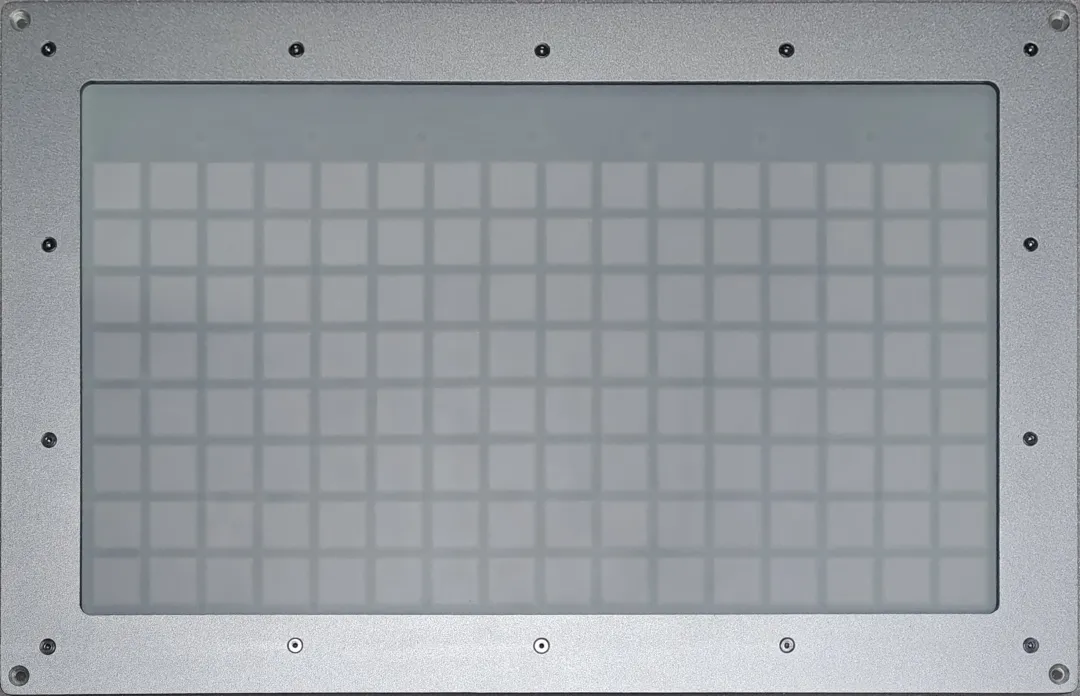


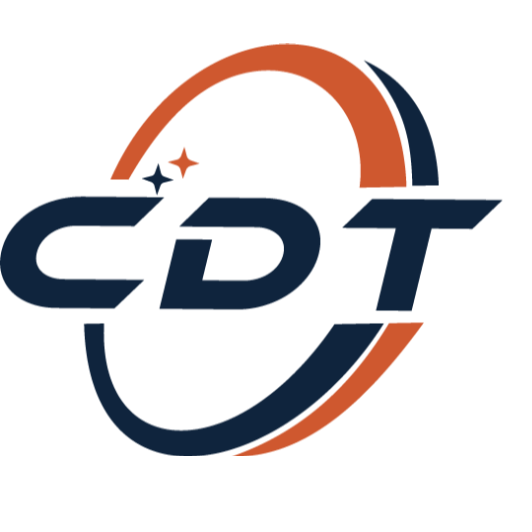





Please first Loginlater ~